Conjugation rules for negative verbs
■u-verb
To change an u-verb from affirmative to negative form:
Change the final ‘u’ sound to an あ sound (‘a’ sound) and add ない (nai)to the end.
■ru-verb
To change a -verb (ru-verb) from affirmative to negative:
Take off る (ru) and add ない (nai) to the end.
日本語 / にほんご / Japanese
(1) 母はテレビを見ない。
(2) 弟は朝ごはんを食べない。
(3) 彼は電車に乗らない。
(4) 私は中国語がわからない。
(5) 父は車を使わない。
(6) 友達は本を読まない。
(7) 兄はかばんを持たない。
(8) 私の姉は音楽を聞かない。
ことばと表現 / Words & Expressions
母【はは haha】mother
テレビ【テレビ terebi】TV
見る【みる miru】to watch
朝ごはん【あさごはん asa-gohan】breakfast
食べる【たべる taberu】to eat
彼【かれ kare】he
電車【でんしゃ densya】train
乗る【のる noru】to ride
中国語【ちゅうごくご tyûgokugo】Chinese language
わかる【わかる wakaru】to understand
父【ちち titi】father
車【くるま kuruma】car
使う【つかう tukau】to use
読む【よむ yomu】to read
かばん【かばん kaban】bag
持つ【もつ motu】to have / to hold
音楽【おんがく ongaku】music
聞く【きく kiku】to listen
英語 / えいご / English
(1) My mother does not watch TV.
(2) My younger brother does not eat breakfast.
(3) He does not ride the train.
(4) I do not understand Chinese.
(5) My father does not use a car.
(6) My friend does not read books.
(7) My older brother does not have a bag.
(8) My older sister does not listen to music.
ひらがな / Hiragana
(1) はははてれびをみない。
(2) おとうとはあさごはんをたべない。
(3) かれはでんしゃにのらない。
(4) わたしはちゅうごくごがわからない。
(5) ちちはくるまをつかわない。
(6) ともだちはほんをよまない。
(7) あにはかばんをもたない。
(8) わたしのあねはおんがくをきかない。
ローマ字 / Roman letters
(1) Haha wa terebi o minai.
(2) Otôto wa asa-gohan o tabenai.
(3) Kare wa densya ni noranai.
(4) Watasi wa tyûgokugo ga wakaranai.
(5) Titi wa kuruma o tukawanai.
(6) Tomodati wa hon o yomanai.
(7) Ani wa kaban o motanai.
(8) Watasi no ane wa ongaku o kikanai.










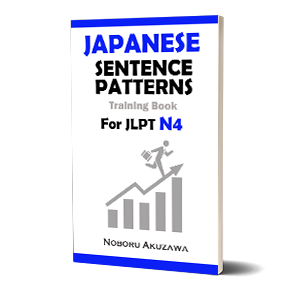
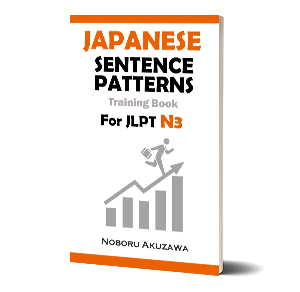

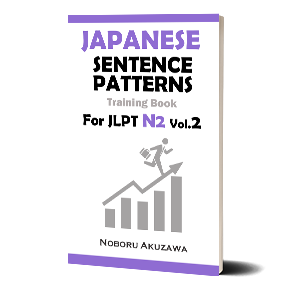
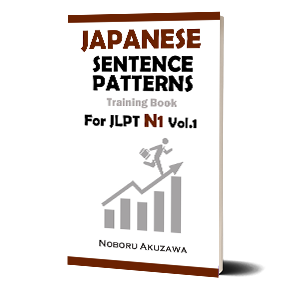

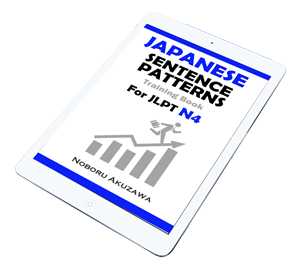
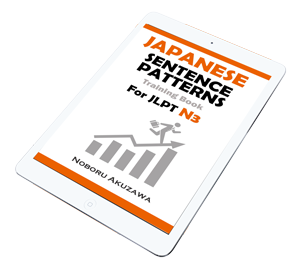

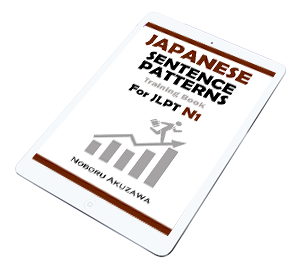










No comments yet.